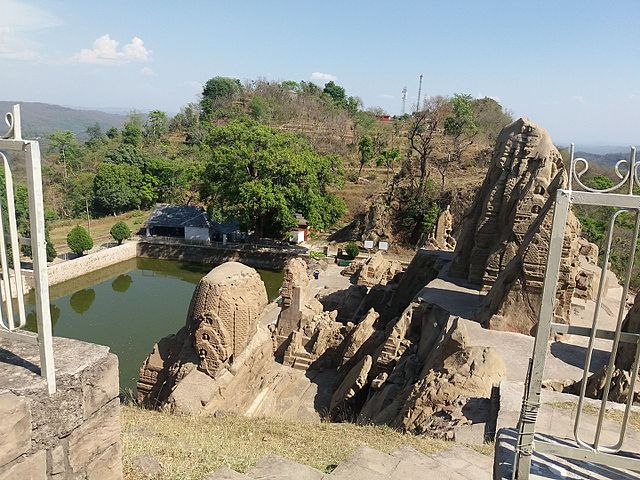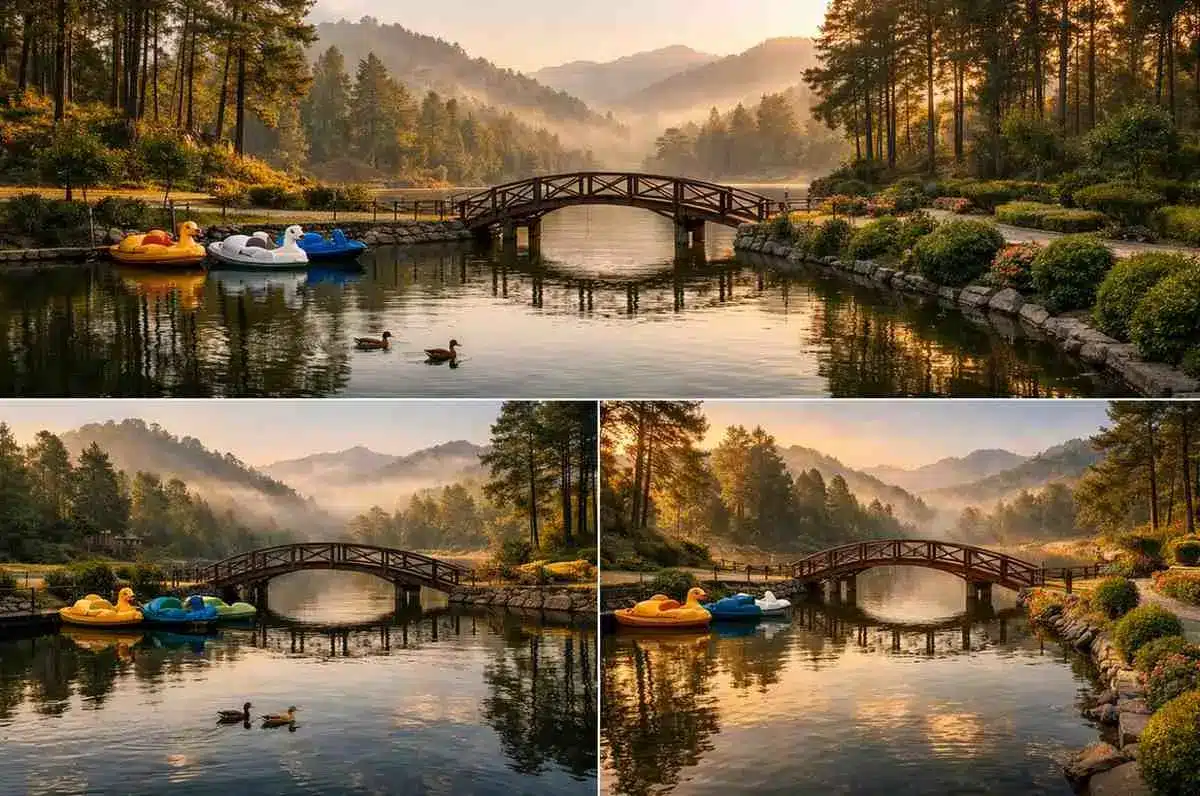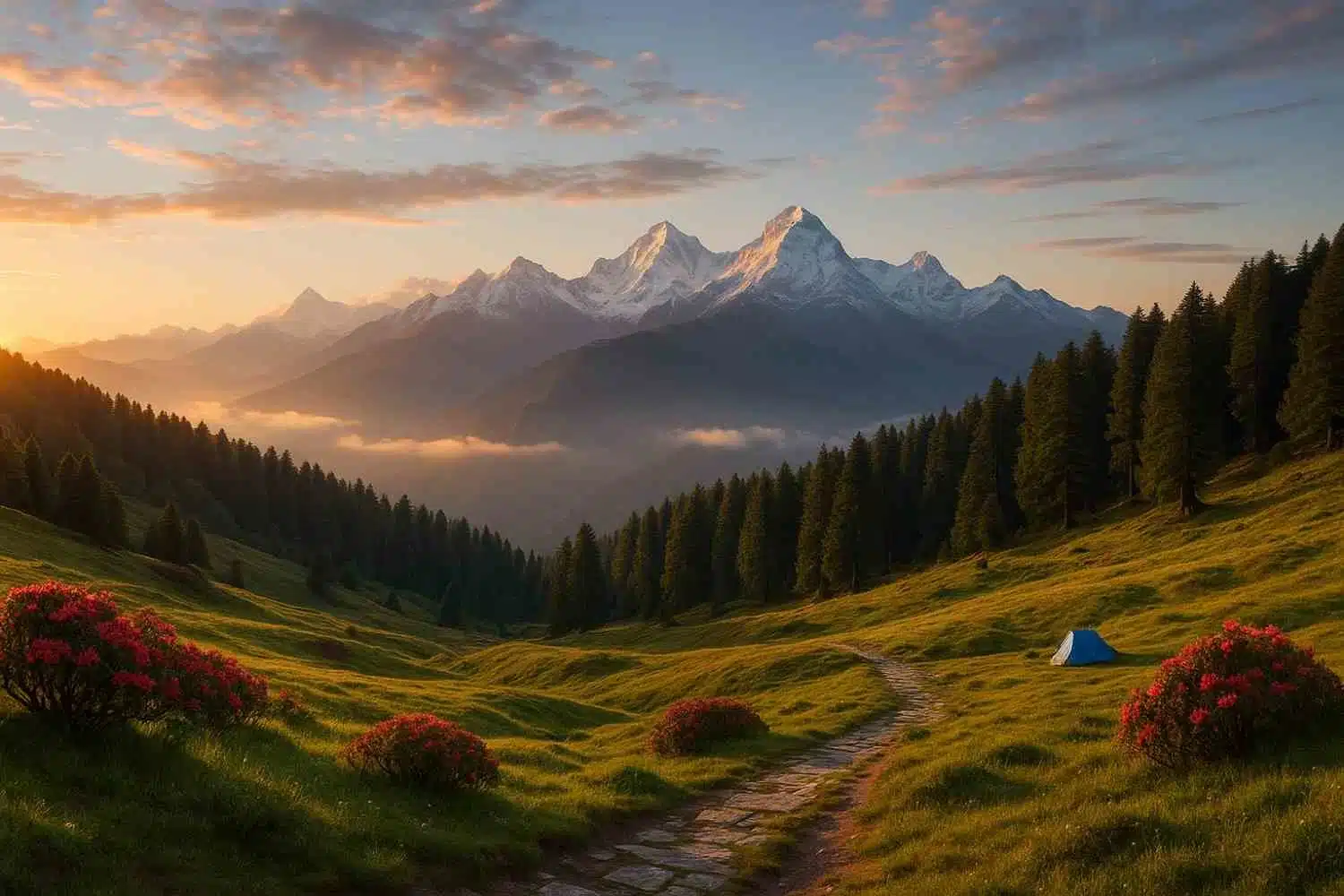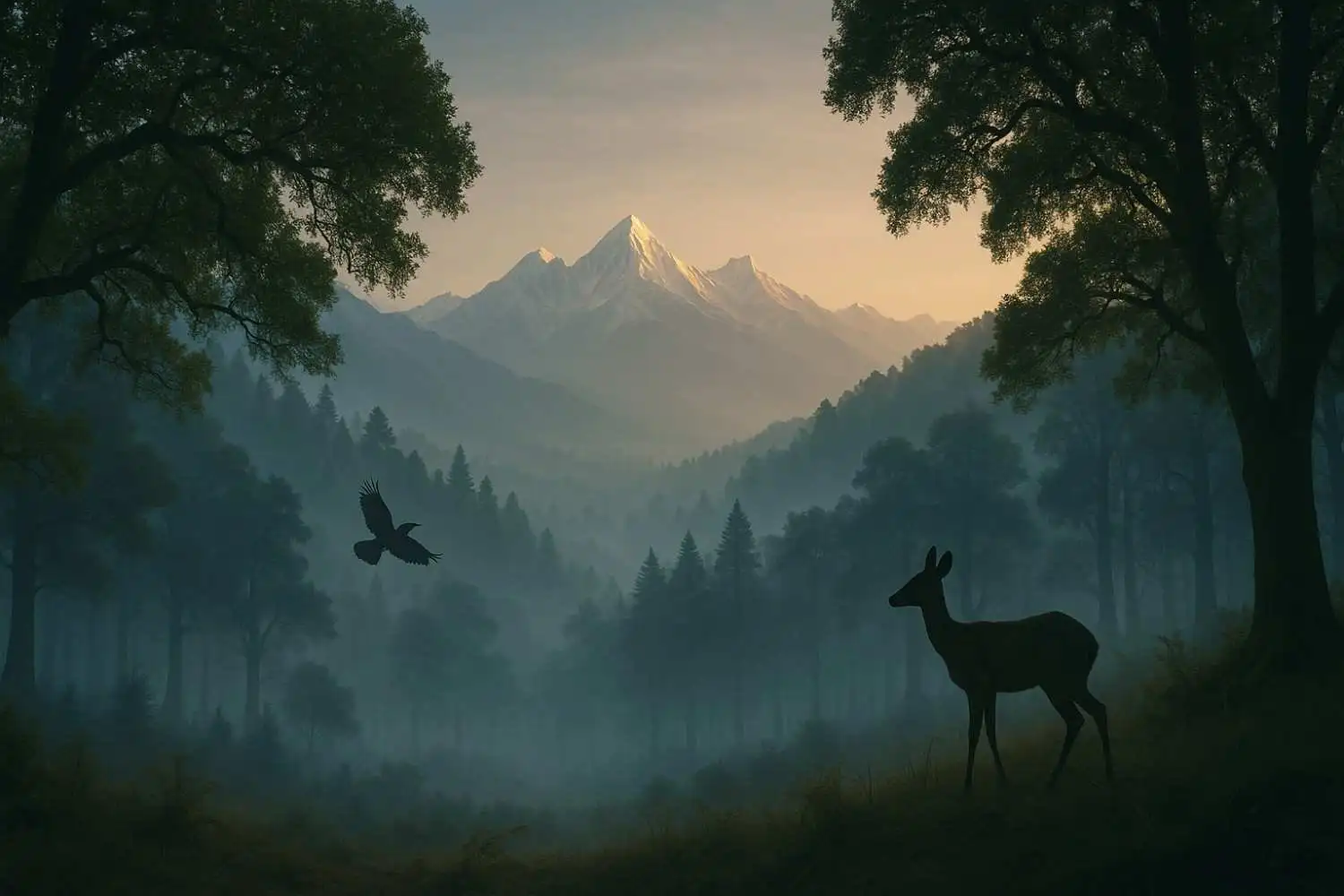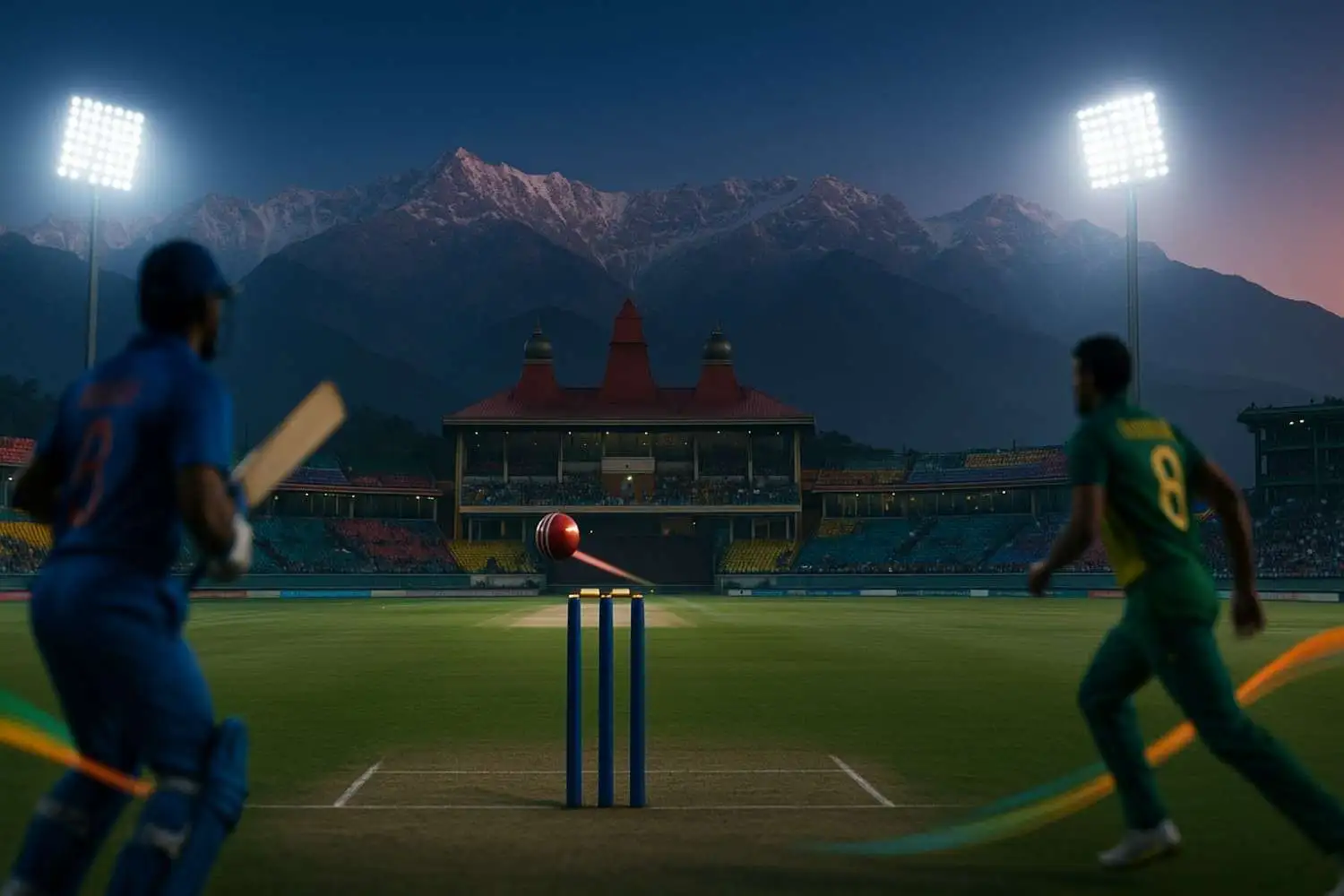History of Masroor Rock Cut Temple and Pandavas
In Himachal Pradesh’s Kangra Valley, the Masroor Rock Cut Temple is an old Indian architectural masterpiece. The mythology and history of this 8th-century temple complex are rich. Pandavas, Mahabharata heroes, built these temples in exile. According to mythology, they fashioned these temples from a single monolithic rock for sanctuary and devotion. Pilgrims and history buffs are drawn to the place by its Pandava connection.
Architecture and Design of Masroor Rock Cut Temple
Masroor Rock Cut Temple is a remarkable example of an early medieval north Indian temple building. The central Shiva shrine is one of 15 monolithic rock-cut monuments in the temple complex, which is made of one sandstone rock. Intricate carvings, elaborate pillars, and complex sculptures of deities and mythical scenes decorate the Indo-Aryan temples.
The temple has a Nagara-style shikhara (tower) above the shrine. The minor shrines flank the primary shrine in harmony and symmetry. The precision and expertise required to carve these buildings from a single rock show the superior engineering and creative skills of those craftsmen.
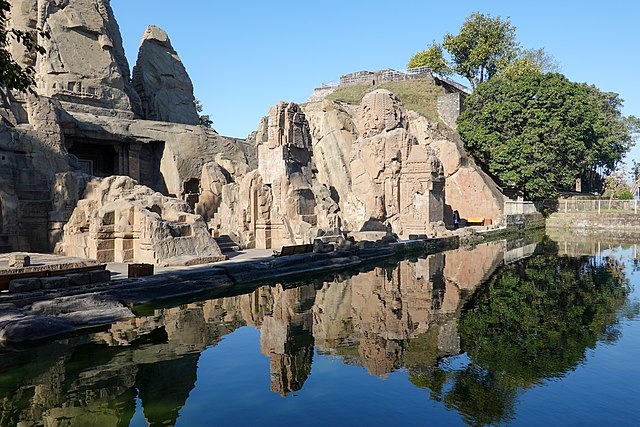
Spiritual Importance of Masroor Rock Cut Temple
Lord Shiva, is worshipped in Masroor Rock Cut Temple. Pilgrims pray at the temple because they think Lord Shiva is in its sanctuary. Hindus venerate the Mahabharata, which makes the temple’s relationship with the Pandavas even more significant.
The temple’s sculptures and reliefs of Vishnu and Brahma demonstrate its multifaceted adoration. The temple’s inclusion of Hindu devotion is shown by these deities.
Masroor Rock Cut Temples’ Cultural Value
Ancient India’s rich heritage and creative quality are reflected in the Masroor Rock Cut Temple. The temple’s rich carvings and architectural magnificence represent the period’s cultural and artistic peak. Early medieval Indian religion, society, and art are revealed in the temple complex.
The temple is important to local culture. The region’s intangible cultural heritage is preserved via its cultural events and traditions. Visitors from around the country attend the temple’s yearly festivals and religious activities, encouraging community and cultural continuity.
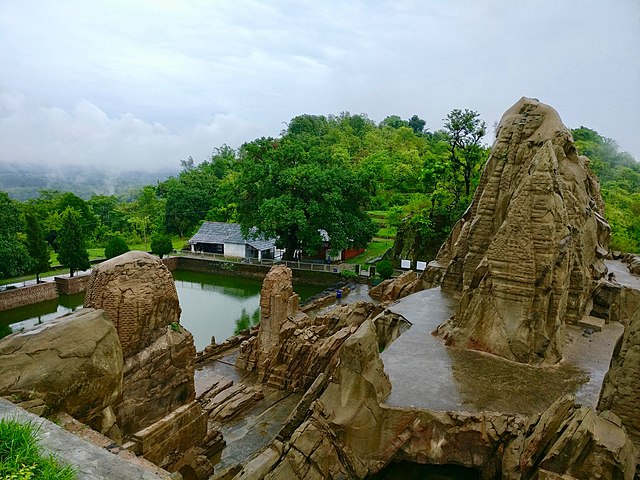
Tourist Attraction: Masroor Rock Cut Temple
The historical significance, architectural beauty, and beautiful position of the Masroor Rock Cut Temple captivate tourists. The temple offers stunning views of the Kangra Valley hills and valleys, making it a great destination for history, architecture, and environment lovers.
Explore the temple complex, see the sculptures, and feel the spirituality. The temple’s tranquility and history make it a wonderful experience. Also, the temple’s proximity to the Beas River allows for hiking, picnicking, and appreciating the area’s natural beauties.
Masroor Rock Cut Temple Conservation
To preserve this cultural monument, Masroor Rock Cut Temple conservation is essential. Over time, government and non-government organisations have restored and maintained the temple complex. Structural repairs, rock surface cleaning, and environmental protection are included.
The ASI helped save the temple. Temple structural integrity and aesthetics are maintained by regular inspections and maintenance. This historical monument’s preservation should be promoted through public awareness initiatives and community engagement.
Other Indian Rock-cut Temples vs. Masroor
The Masroor Rock Cut Temple is unique in India for its architecture and history. The Masroor Temple, dedicated to Lord Shiva, is Hindu, unlike Ellora and Ajanta in Maharashtra, which are Buddhist and Jain.
The enormous network of Buddhist, Hindu, and Jain temples in the Ellora Caves showcases a variety of religious and artistic influences. The best ancient Indian rock-cut building is the Ajanta Caves, known for its Buddhist paintings and sculptures. Masroor Temple’s monolithic architecture and Pandava connection give it a particular character and cultural importance.
Local Masroor Rock Cut Temple Myths
Local stories make the Masroor Rock Cut Temple mysterious. Legend has it that the Pandavas erected the temple complex overnight in exile. The Pandavas, using their heavenly abilities, chiseled the temple from a single rock to construct a concealed worship sanctuary.
This tale concerns the temple’s incomplete look. Some think spiritual spirits intervened to leave the temple midway through construction, while others blame unexpected circumstances. Legends passed down through centuries make the shrine alluring.
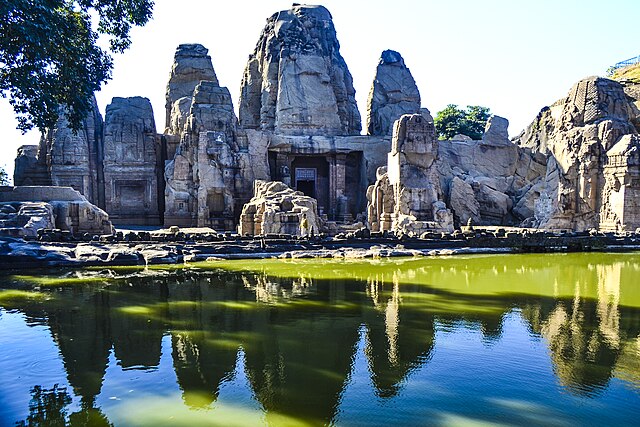
1905 Earthquake impact on Masroor Rock Cut Temple
The Masroor Rock Cut Temple was damaged by the 1905 Kangra earthquake. Cracks and sculptures were scattered across the temple complex after the earthquake. The location is vulnerable to natural calamities since the major shikhara and numerous minor shrines were damaged.
Due to its engineers’ skill, the temple’s construction survived the earthquake. Restoration operations following the earthquake stabilised and repaired damaged areas to preserve the temple for future generations. The temple’s 1905 earthquake highlights its resilience and the necessity for preservation.
Conclusion
Kangra’s Masroor Rock Cut Temple beautifully blends history, architecture, and spirituality. The Pandavas, elaborate sculptures, and peaceful environment make it a must-see for Indian heritage lovers. This old treasure must be preserved due to its religious, cultural, and tourism relevance. Through conservation and public awareness, the Masroor Rock Cut Temple will continue to honor India’s architectural and cultural achievements.
